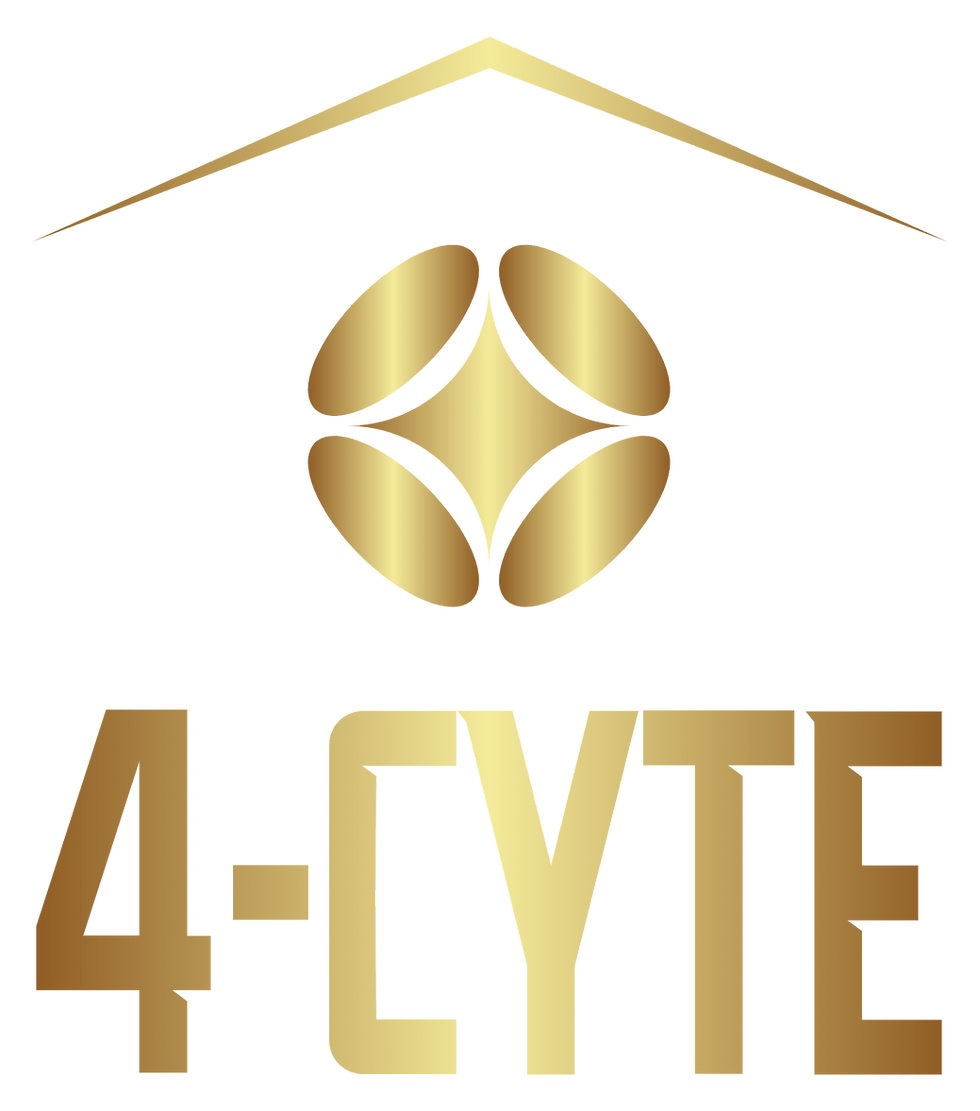
THE COLLABORATORY
As a cutting-edge research engine, designed to push the boundaries of biomedical sciences, the Collaboratory is a highly collaborative, tech-enabled environment that accelerates biomedical discovery by applying a corporate-like workflow of efficiency and grand challenge capabilities to academic research.
Here, independence and creativity thrive but within a supportive framework that eliminates the usual bottlenecks of academia. The Collaboratory is fully resourced and staffed with a devoted team of experts from both academia and industry, providing researchers with centralized support.
From advanced molecular imaging suites to data analytics services, investigators have the modern tools needed to advance the boundaries of our knowledge of biomedical sciences. Crucially, the Collaboratory offers services like regulatory compliance, protocol optimization, technical development and staff training – all under one roof – freeing up researchers to focus on idea generation and scientific discovery.
The Collaboratory transforms great ideas into well-executed experiments with an eye towards solving health challenges. In addition to developing strategies for these grand challenges, the Collaboratory will accelerate academic driven discoveries and develop early-stage technologies.


Core Functions of the Collaboratory
-
Early-Stage Therapeutic Development: Leverage the department’s newly acquired biotechnology capabilities to evaluate the potential of existing research programs in generating novel treatments for neurological (ALS, glioma, Parkinson’s disease, spinal cord injury), psychiatric (depression, schizophrenia, substance abuse disorder), and chronic disorders (obesity).
-
AI-Driven Precision Medicine: Build custom artificial intelligence models that integrate current and future knowledge of brain function to accelerate the development of targeted treatments. These models will serve two critical functions: 1) Creating long-term roadmaps for systematically advancing therapeutic discovery. 2) Matching disease pathology with the mechanisms of action of existing and future treatments, enabling precision medicine in neuroscience.
-
Enhancing Research Productivity: Remove barriers that slow faculty research by centralizing key services, expanding access to cutting-edge technology, and providing specialized training to support advanced scientific discovery.
